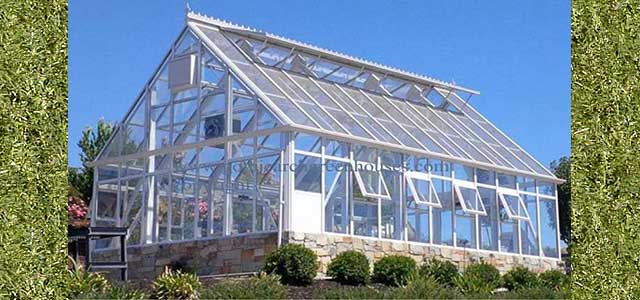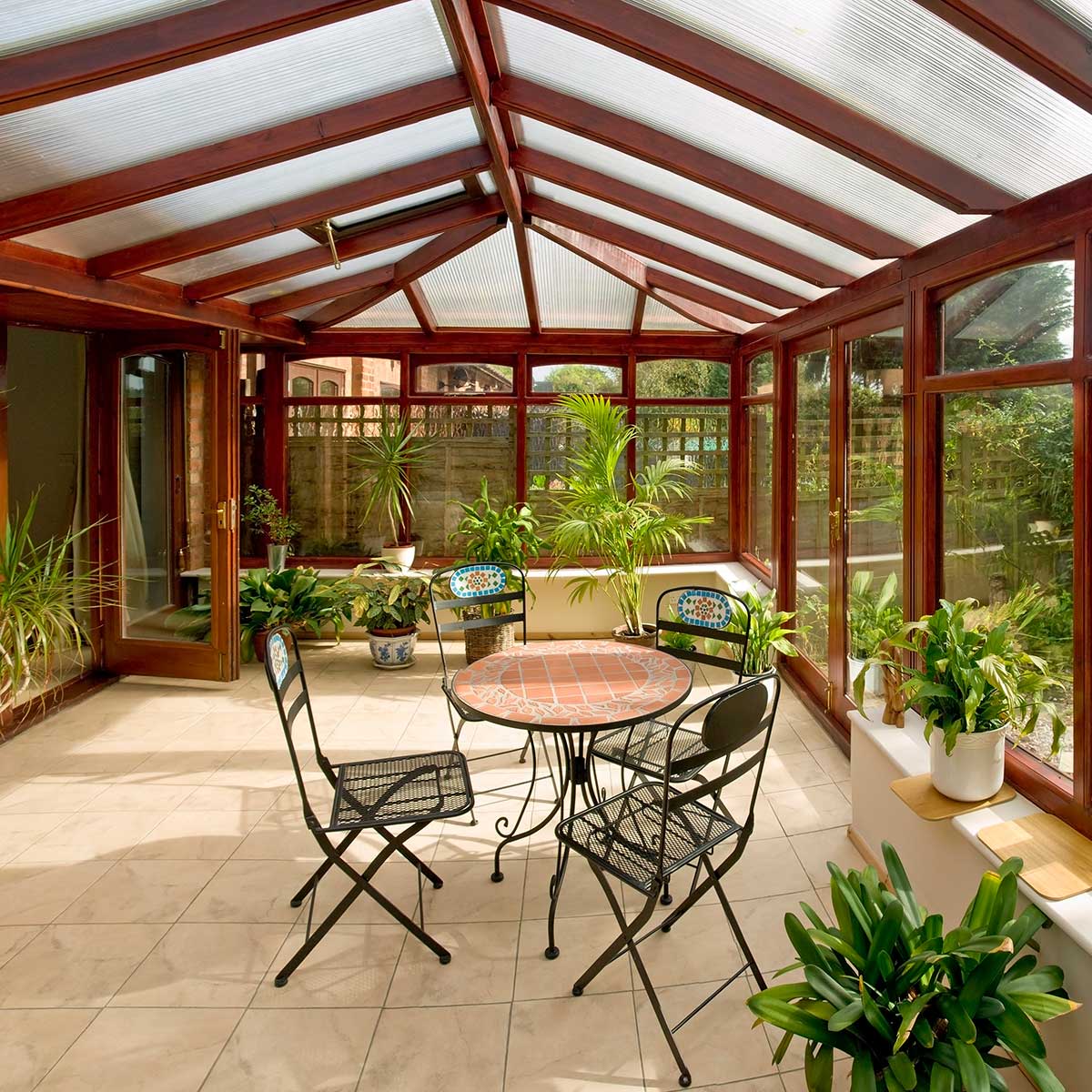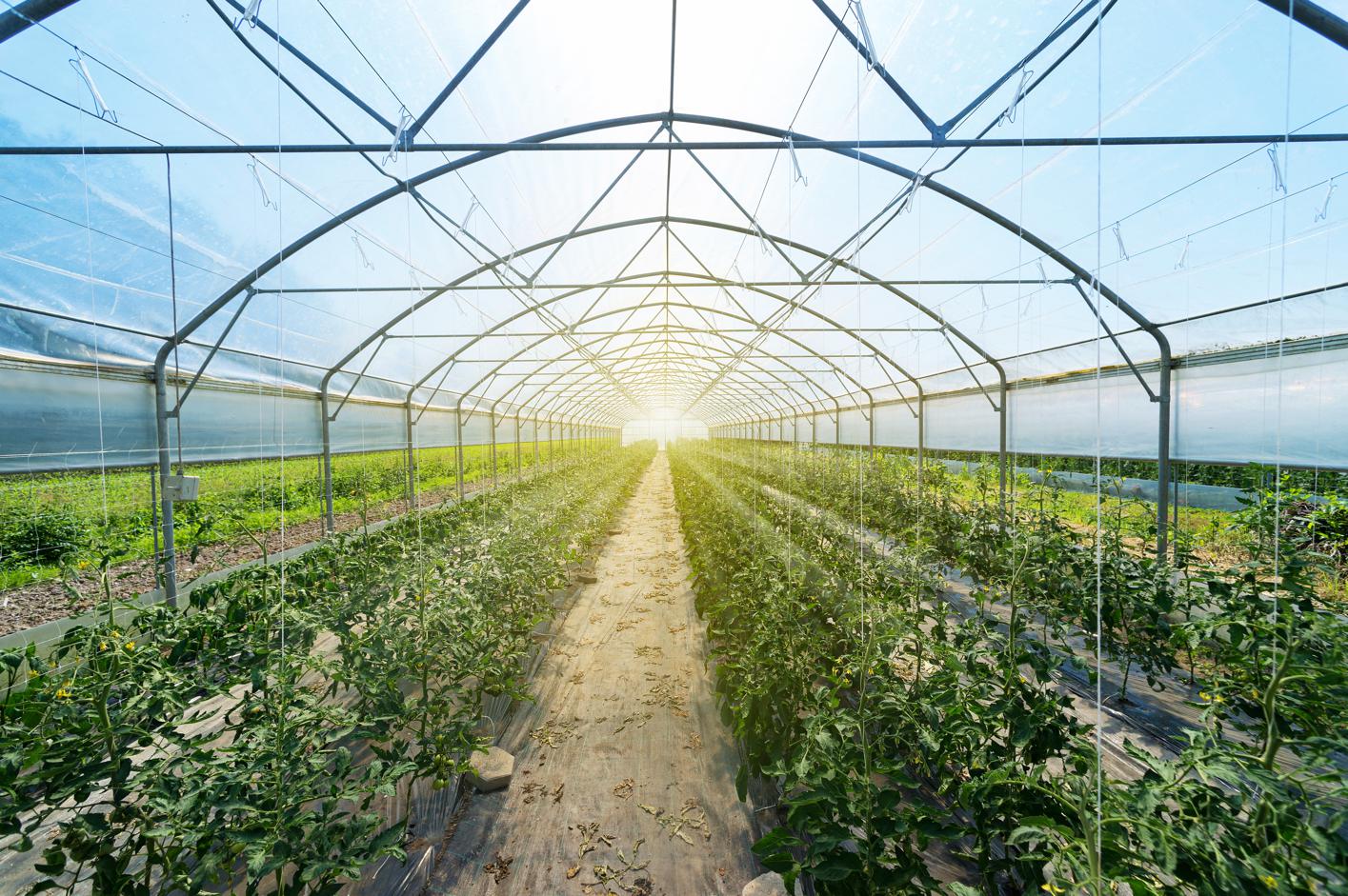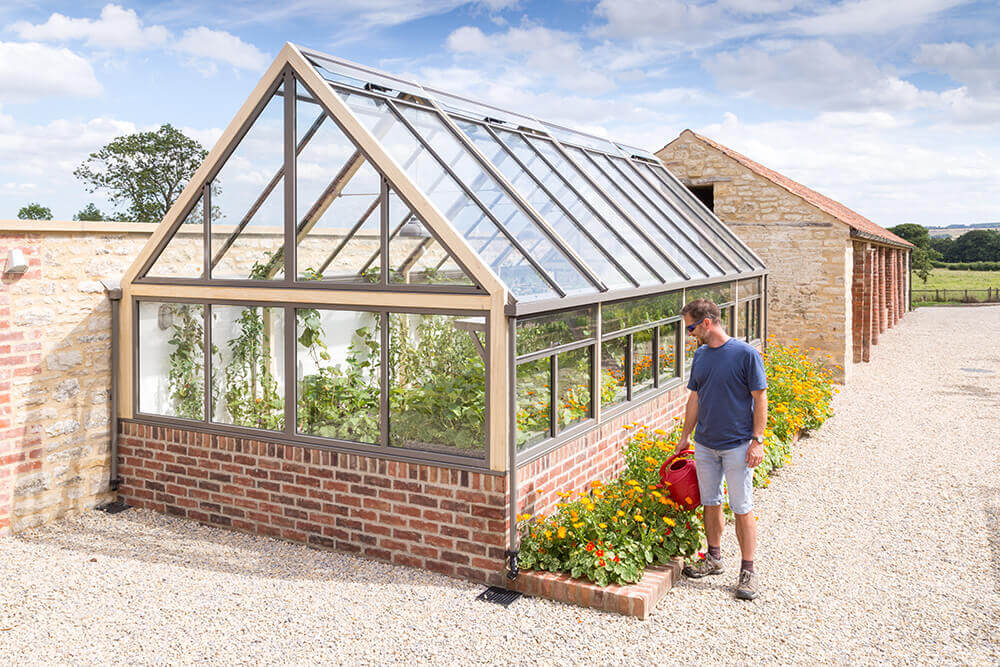Best Greenhouse Walls Materials For
Title: The Best Greenhouse Walls Materials for Your Needs
Introduction:
A greenhouse is a great way to extend your growing season and grow plants that would not otherwise be able to thrive in your climate. However, the type of material you use for the walls of your greenhouse can have a big impact on its performance. Some materials are better at letting in light, while others are better at insulating the greenhouse and keeping it warm. In this blog post, we will discuss the different materials that are commonly used for greenhouse walls and help you choose the best one for your needs.
Main Content:
There are a few different materials that are commonly used for greenhouse walls. The most common materials are:
- Glass: Glass is a clear and transparent material that allows in a lot of light. It is also durable and can last for many years. However, glass can be expensive and can break easily.
- Polycarbonate: Polycarbonate is a plastic material that is similar to glass in terms of its light transmission properties. It is also more durable than glass and is less likely to break. However, polycarbonate can be more expensive than glass.
- Fiberglass: Fiberglass is a lightweight material that is made from glass fibers. It is strong and durable, and it can withstand high winds and heavy rains. However, fiberglass does not transmit light as well as glass or polycarbonate.
- Plastic film: Plastic film is a relatively inexpensive material that is easy to install. However, it is not as durable as glass, polycarbonate, or fiberglass. It is also not as transparent, so it may not provide as much light for your plants.
In addition to these common materials, there are a few other options that you may want to consider, such as:
- ETFE: ETFE is a high-tech material that is known for its durability and light transmission properties. It is also very resistant to UV rays. However, ETFE can be expensive.
- Rigid foam: Rigid foam is a good insulator, but it does not transmit light as well as other materials. It is often used in combination with other materials, such as glass or polycarbonate, to provide both insulation and light transmission.
Conclusion:
The best greenhouse walls material for you will depend on your individual needs and budget. If you are looking for a material that lets in a lot of light and is durable, then glass or polycarbonate are good options. If you are looking for a material that is more affordable and easy to install, then plastic film may be a better choice. And if you are looking for a material that is extremely durable and resistant to UV rays, then ETFE may be the best option for you.
No matter which material you choose, make sure to do your research and select a material that is right for your climate and the types of plants you plan to grow. With a little planning, you can choose the best greenhouse walls material for your needs and enjoy years of growing success.
There are many different materials that can be used for greenhouse walls, each with its own advantages and disadvantages. Some of the most common materials include glass, polycarbonate, polyethylene film, and fiberglass. The best material for your greenhouse will depend on a number of factors, including your climate, budget, and desired level of insulation.
To learn more about the different materials that can be used for greenhouse walls, visit Home Gardening. This website provides detailed information on the pros and cons of each material, as well as tips on how to choose the right material for your needs.
FAQ of greenhouse walls materials
Here are some of the most frequently asked questions about greenhouse walls materials, along with valuable insights and solutions:
- What are the most common greenhouse wall materials?
- The most common greenhouse wall materials are glass, polycarbonate, and acrylic.
- Glass is a traditional material that provides excellent light transmission and insulation. However, it can be expensive and fragile.
- Polycarbonate is a more durable and cost-effective alternative to glass. It also transmits light well, but not as well as glass.
- Acrylic is a lightweight and shatterproof material that is often used in greenhouse roofs. However, it does not transmit light as well as glass or polycarbonate.
- What are the pros and cons of each material?
- Glass:
- Pros: Excellent light transmission, good insulation, long lifespan
- Cons: Expensive, fragile, can break easily
- Polycarbonate:
- Pros: Durable, cost-effective, lightweight, shatterproof
- Cons: Does not transmit light as well as glass, can yellow over time
- Acrylic:
- Pros: Lightweight, shatterproof, relatively inexpensive
- Cons: Does not transmit light as well as glass or polycarbonate, can scratch easily
- Glass:
- What factors should I consider when choosing a greenhouse wall material?
- The climate in your area: If you live in a cold climate, you will need a material that provides good insulation. If you live in a hot climate, you will need a material that allows for good ventilation.
- The type of plants you will be growing: Some plants require more sunlight than others. You will need to choose a material that transmits enough light for the plants you want to grow.
- Your budget: Greenhouse wall materials can range in price from a few dollars to several hundred dollars per square foot. You will need to choose a material that fits your budget.
- How do I install greenhouse wall materials?
- The installation process for greenhouse wall materials will vary depending on the material you choose. Some materials, such as glass, can be installed by a professional. Other materials, such as polycarbonate, can be installed by a do-it-yourselfer.
- It is important to follow the manufacturer's instructions when installing greenhouse wall materials. This will help to ensure that the materials are installed properly and that your greenhouse is properly insulated and ventilated.
Image of greenhouse walls materials
- Glass is a traditional material for greenhouse walls. It is transparent, allowing in plenty of sunlight, and it is durable. However, glass can be expensive and can break easily.

- Polycarbonate is a lightweight, shatter-resistant material that is often used as an alternative to glass. It is also transparent, but it does not transmit as much heat as glass.

- Twinwall polycarbonate is a type of polycarbonate that is made up of two layers of polycarbonate with an air gap in between. This makes it even more heat-resistant than regular polycarbonate.

- Ethylene tetrafluoroethylene (ETFE) is a clear, synthetic material that is often used in greenhouses. It is very durable and resistant to UV rays. However, it can be expensive.

- Vinyl is a relatively inexpensive material that is often used for greenhouse walls. It is not as transparent as glass or polycarbonate, but it is durable and easy to maintain.

- Plastic film is a very lightweight and inexpensive material that can be used for greenhouse walls. It is not as durable as other materials, but it is easy to use and can be replaced easily.

- Mesh is a type of fabric that can be used for greenhouse walls. It allows in sunlight and air, but it can also keep out insects and pests.

- Wood is a traditional material that can be used for greenhouse walls. It is not as transparent as other materials, but it is durable and can be stained or painted to match the style of your home.

- Concrete is a heavy-duty material that can be used for greenhouse walls. It is not as transparent as other materials, but it is very durable and can withstand a lot of wear and tear.

- Brick is a durable material that can be used for greenhouse walls. It is not as transparent as other materials, but it can add a touch of elegance to your greenhouse.

Post a Comment for " Best Greenhouse Walls Materials For"